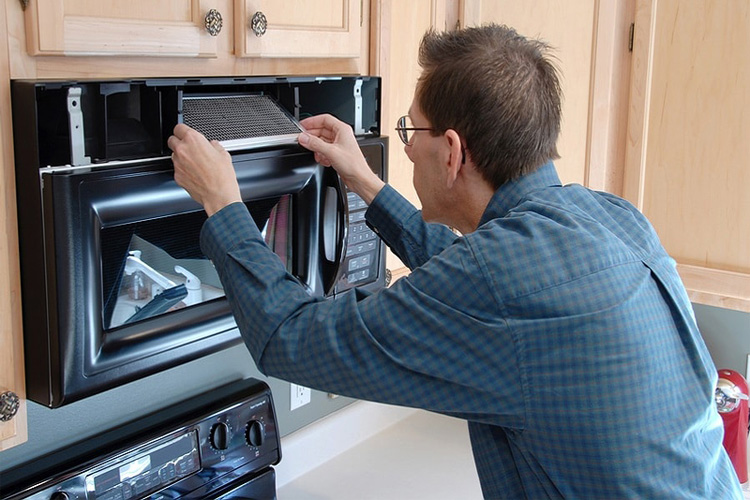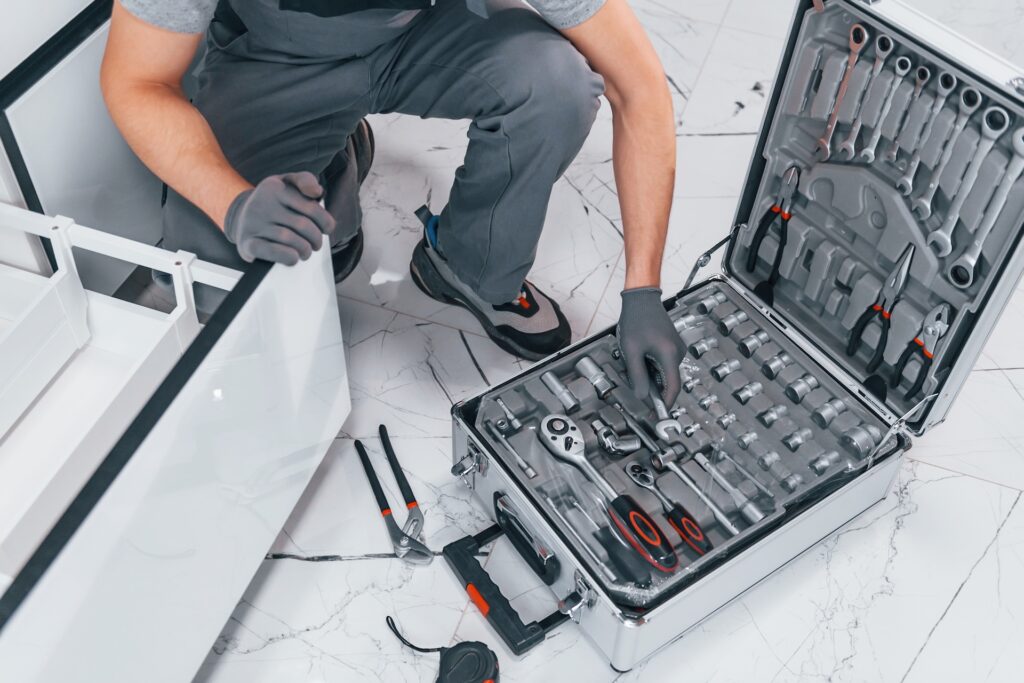When your oven stops working properly, the immediate question arises: should you attempt the repair yourself or call a professional oven repair technician? While some oven issues can be safely addressed with basic DIY skills, others require expert knowledge to avoid creating bigger problems. Making the wrong choice could lead to wasted time, unnecessary expenses, or even safety hazards.
This guide will help you determine which oven repair tasks you can confidently handle yourself and when it’s smarter to call in a professional technician. We’ll cover common oven problems, assess their DIY difficulty level, and provide crucial safety considerations.
Understanding Your Oven’s Problem
Before deciding whether to DIY or call a pro, you need to accurately diagnose the issue. Here are some of the most common oven problems and their potential causes:
1. Oven Not Heating Properly
- Possible causes: Faulty heating element, broken thermostat, or power supply issues
- DIY-friendly? Maybe – element replacement is often simple
2. Uneven Cooking/Baking
- Possible causes: Malfunctioning temperature sensor, convection fan issues, or seal problems
- DIY-friendly? Possibly – sensor replacement is usually straightforward
3. Oven Won’t Turn On
- Possible causes: Tripped circuit breaker, faulty control board, or wiring issues
- DIY-friendly? Rarely – electrical components can be dangerous
4. Gas Smell (Gas Ovens Only)
- Possible causes: Gas line leak or faulty igniter
- DIY-friendly? Never – requires immediate professional attention
5. Error Codes Displayed
- Possible causes: Various component failures depending on code
- DIY-friendly? Sometimes – basic codes may have simple fixes
DIY-Friendly Oven Repairs
Certain oven repairs are well within the capabilities of a handy homeowner with basic tools. Here are some repairs you might consider tackling yourself:
1. Replacing a Heating Element
Electric ovens typically have two heating elements (bake and broil) that can wear out over time. Replacement is often as simple as:
- Unplugging the oven
- Removing a few screws
- Disconnecting the wires
- Installing the new element
Cost Comparison:
- DIY: $20-$50 for the part
- Professional: $150-$300 including labor
2. Changing the Temperature Sensor
A faulty sensor causes temperature inaccuracies. Replacement usually involves:
- Locating the sensor (typically in the back)
- Removing one mounting screw
- Disconnecting the wires
- Installing the new sensor
Tip: Use an oven thermometer to verify the repair worked.
3. Replacing the Door Seal
A worn gasket allows heat to escape. Installation typically requires:
- Removing the old seal from its channel
- Cleaning the channel
- Pressing the new seal into place
When to Definitely Call a Professional
Some oven repairs should always be left to qualified technicians. These include:
1. Gas Line Issues
Gas appliances require specialized knowledge to repair safely. If you smell gas:
- Turn off the gas supply
- Open windows
- Evacuate if the smell is strong
- Call a professional immediately
2. Electrical Control Board Problems
Modern ovens have complex circuit boards that:
- Require specialized diagnostic equipment
- Involve working with high voltage
- Often need manufacturer-specific parts
3. Convection Fan Repairs
Fixing a convection fan typically requires:
- Disassembling the oven back panel
- Working near heating elements
- Potentially voiding warranties if done incorrectly
Safety Considerations Before Attempting DIY
Before opening your oven for repairs, consider these safety precautions:
- Always unplug the appliance or turn off the circuit breaker before working on it
- Allow the oven to cool completely if it was recently in use
- Use proper tools – insulated screwdrivers for electrical work
- Never bypass safety features like door switches or thermal fuses
- Know your limits – if a repair seems beyond your skill level, stop and call a pro
Cost-Benefit Analysis: DIY vs Professional Repair
When deciding whether to DIY or call a technician, consider these factors:
| Factor | DIY Repair | Professional Repair |
|---|---|---|
| Cost | Parts only ($20-$200) | Parts + labor ($150-$500) |
| Time | Varies (1-4 hours) | Usually faster (1-2 hours) |
| Warranty | May void manufacturer warranty | Often preserves warranty |
| Safety Risk | Higher if inexperienced | Professionally managed |
| Guarantee | None | Usually 90-day parts/labor warranty |
How to Find a Reliable Oven Repair Technician

If you decide to call a professional, follow these tips to find a qualified technician:
- Check certifications – Look for technicians certified by manufacturers or organizations like NASTeC
- Read reviews – Check Google, Yelp, and Angi for customer feedback
- Ask about experience – Find someone familiar with your oven brand
- Get multiple estimates – Compare prices from at least 3 companies
- Verify insurance – Ensure they carry liability coverage
Preventive Maintenance to Avoid Future Repairs
Reduce future repair needs with these maintenance tips:
- Clean spills promptly – Built-up grime can damage components
- Check seals regularly – Replace worn door gaskets immediately
- Use oven liners – Protect the bottom from spills and drips
- Schedule annual inspections – For older ovens or heavy use
- Avoid slamming the door – Prevents hinge and seal damage
Knowing When to Replace Instead of Repair
Sometimes replacement makes more sense than repair. Consider a new oven if:
- Your oven is over 10 years old
- Repair costs exceed 50% of a new oven’s price
- You experience frequent breakdowns
- Energy efficiency is poor (new models save 20-30% on energy)
Final Recommendation
For basic repairs like element replacement or seal changes, DIY can save money if you’re comfortable with the process. However, for complex electrical work, gas line issues, or computerized components, professional oven repair is the safer, more reliable choice.


